CBS News
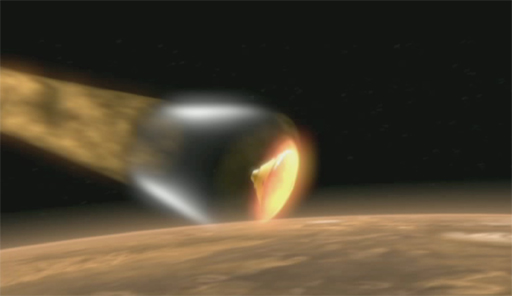
Launched in August 2007, the Phoenix Mars Mission reached its critical landing phase on Sunday, May 25, 2008, as the lander sped through the Martian atmosphere at speeds of 12,000 mph, before braking for a powered landing. (Photo: NASA/JPL-CalTech/U. of Arizona)
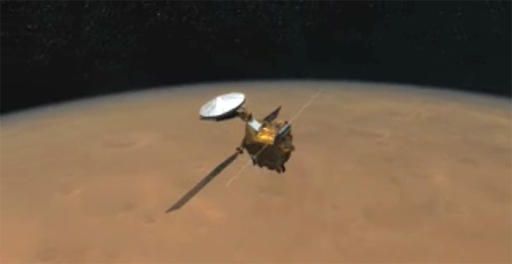
The Mars Reconnaissance Orbiter used radar to map the insides of the north polar ice cap. Radio waves penetrated through the ice and bounced back at different times depending on the differing concentrations of sand and dust in the ice. (Photo: NASA/JPL-Caltech/U. of Rome/SwRI)
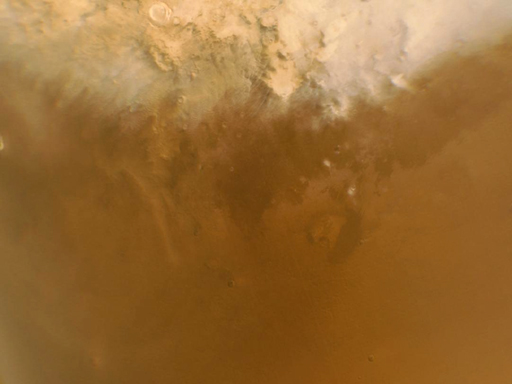
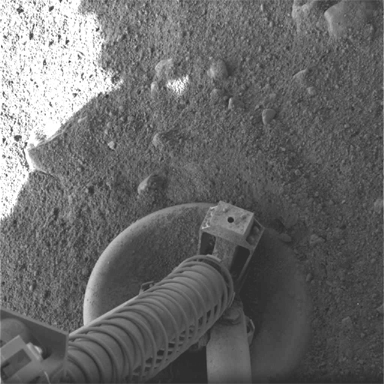
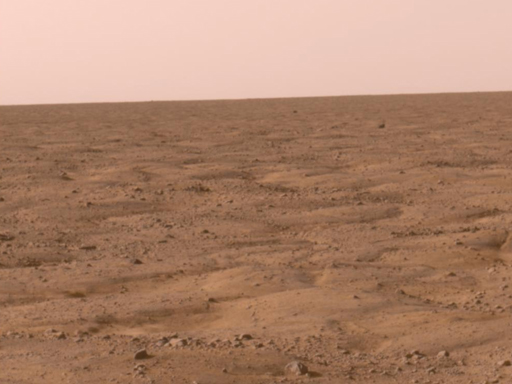
This image shows the vast plains of the northern polar region of Mars. The flat landscape is strewn with tiny pebbles and shows polygonal cracking, a pattern seen widely in Martian high latitudes — and also observed in permafrost terrains on Earth. The polygonal cracking is believed to have resulted from seasonal freezing and thawing of surface ice. (Photo: NASA/JPL-CalTech/U. of Arizona)
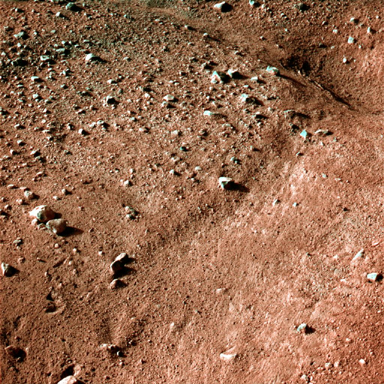
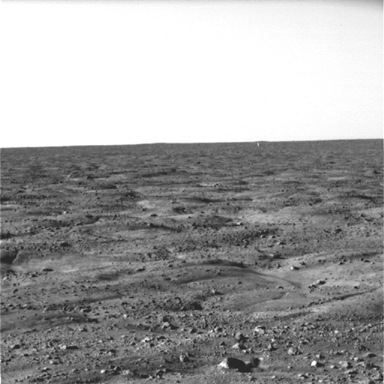
Mars is a cold desert planet with no liquid water on its surface. However, discoveries made by the Mars Odyssey Orbiter in 2002 show large amounts of subsurface water-ice in the northern arctic plains. (Photo: NASA/JPL-CalTech/U. of Arizona)
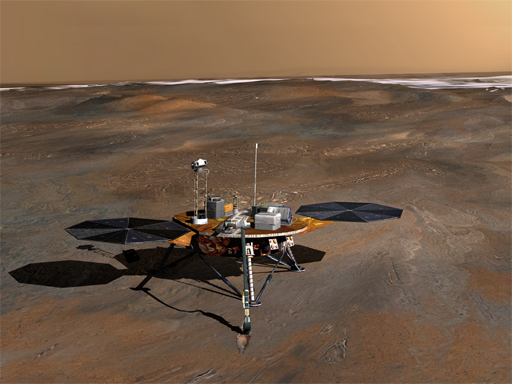
Phoenix uses hardware from a spacecraft built for a 2001 launch that was canceled in response to the loss of a similar spacecraft during a 1999 Mars landing attempt. Researchers who proposed the Phoenix mission in 2002 saw the unused spacecraft as a resource for pursuing a new science opportunity. (Photo: NASA/JPL-CalTech/U. of Arizona)


